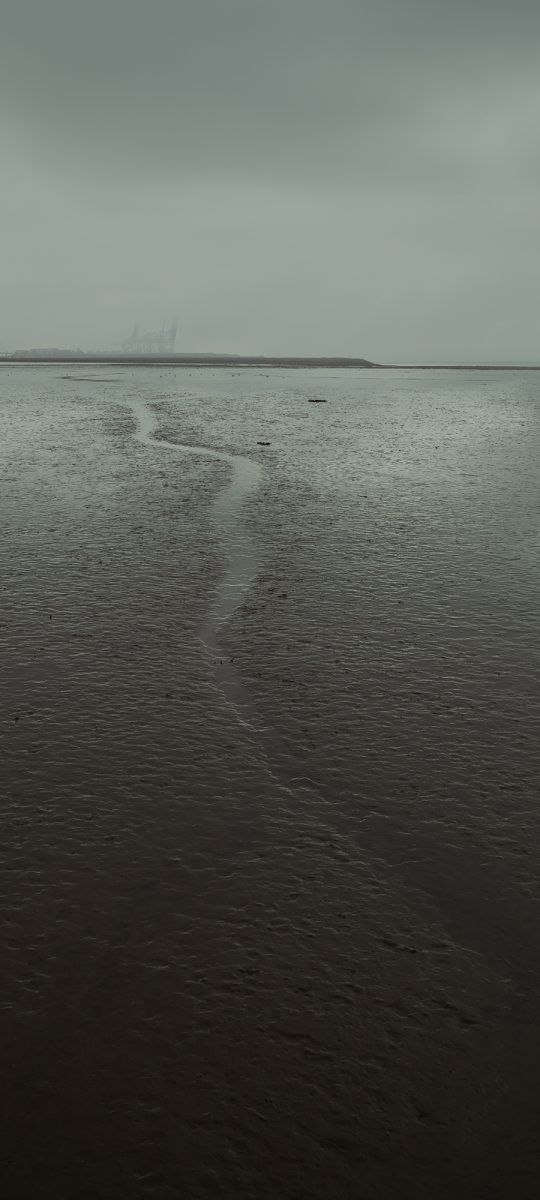- Messages
- 104,505
- Name
- The other Chris
- Edit My Images
- Yes
Something I have been thinking about for quite a long time and this video which popped up on my tubes precipitated a few thoughts
View: https://www.youtube.com/watch?v=aoY2o8c5l7c&t=746s
In the video he suggests "words" that make up the language of photography and nothing about it is, for me at least, either unexpected or new. Looking at the images he shows as examples they are good photos, attention getting, classic, canonical and I would be happy to have some of them on my wall but I often find that photos I want to take do not use this language. I could learn that language, in fact I am fairly fluent in it already and take photos like that but then I feel the photos would not be expressing the meaning I see in the world, they would be photos taken for their own sake rather than as something that has meaning to me.
The challenge is I suppose to find more words in this language if they exist, or perhaps they don't and photography is too limited as a medium for me to express what I want? Perhaps I speak a different language altogether and it is a language that only I understand but that is obviously not the case, perhaps that is better stated as a language most of which people can understand but a few words that people don't know, or a strong dialect where people can get the gist but not the nuance.
Is there a balance to be struck? Is the process to lead people into understanding by starting with the common language and slowly introducing new "words" (I'm feeling that I have done that term to death by now) to move the dial from where people are now to where I am. I doubt that is going to happen, I don't have the people skills to get people to take an interest in the first place let alone build a following. I'm sure one response is to do one's own thing, ignore what everyone else thinks and just plough on, which is an option but I think photos should be seen. I am very conscious of the thoughts I have when people show photos that are just utterly meaningless to me and also have no decorative value.
I have no conclusion to this ramble, just muttering into the void but I would like to hear what others think, do you feel that leading lines, reduced colour palette, simplified shapes, soft light convey the meaning you want in your photos?
In the video he suggests "words" that make up the language of photography and nothing about it is, for me at least, either unexpected or new. Looking at the images he shows as examples they are good photos, attention getting, classic, canonical and I would be happy to have some of them on my wall but I often find that photos I want to take do not use this language. I could learn that language, in fact I am fairly fluent in it already and take photos like that but then I feel the photos would not be expressing the meaning I see in the world, they would be photos taken for their own sake rather than as something that has meaning to me.
The challenge is I suppose to find more words in this language if they exist, or perhaps they don't and photography is too limited as a medium for me to express what I want? Perhaps I speak a different language altogether and it is a language that only I understand but that is obviously not the case, perhaps that is better stated as a language most of which people can understand but a few words that people don't know, or a strong dialect where people can get the gist but not the nuance.
Is there a balance to be struck? Is the process to lead people into understanding by starting with the common language and slowly introducing new "words" (I'm feeling that I have done that term to death by now) to move the dial from where people are now to where I am. I doubt that is going to happen, I don't have the people skills to get people to take an interest in the first place let alone build a following. I'm sure one response is to do one's own thing, ignore what everyone else thinks and just plough on, which is an option but I think photos should be seen. I am very conscious of the thoughts I have when people show photos that are just utterly meaningless to me and also have no decorative value.
I have no conclusion to this ramble, just muttering into the void but I would like to hear what others think, do you feel that leading lines, reduced colour palette, simplified shapes, soft light convey the meaning you want in your photos?


